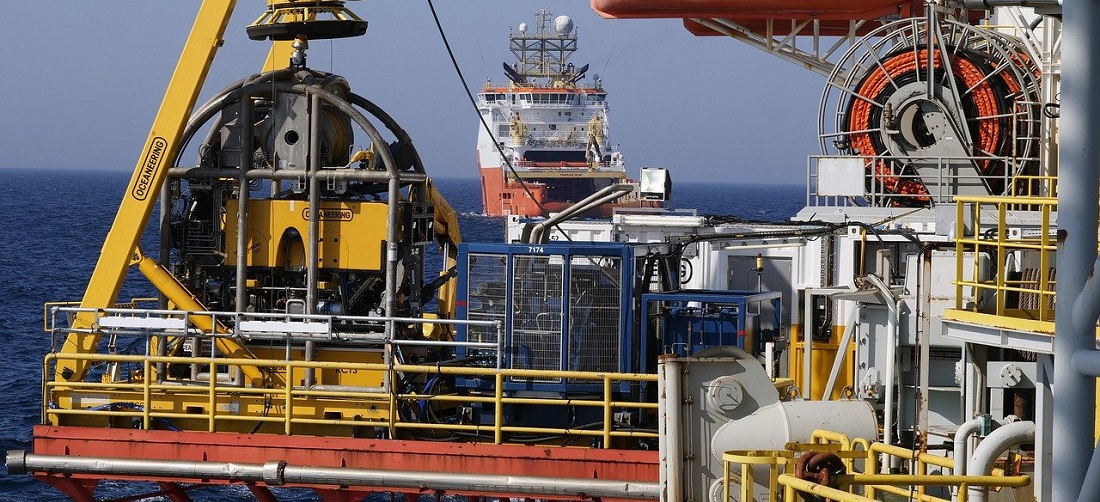
Case made for nuclear-powered floating ammonia production facility
Feb, 01, 2022 Posted by Gabriel MalheirosWeek 202205
UK-based developer of advanced atomic power solutions for shipping, Core Power, has released a special report describing plans to use floating offshore production platforms for mass-production of zero-carbon ammonia using nuclear technologies.
The proposed facility is an offshore floating power plant, housing the reactor and the power conversion system. The offshore plant would output a mix of electricity and heat, depending on the actual requirements. It would be sited relatively close to an offshore ammonia production facility and storage tanks and built on the experience of the oil and gas industry. “No emissions would come from the plant,” said Dr. Rory Megginson, Core Power’s director of analytics.
Developer’s possible structures for consideration include a gravity-based structure where a hollow concrete shell can either be floated and then tethered or sunk so it rests at the bottom of the seabed. Other structures that could be considered are more traditional oil rig structures as well as floating production, storage, and offloading (FPSO) vessels and floating cylindrical structures for use in areas of more intense weather activity.
Production modeling of these facilities showed that using 1.2 GW of electricity, it would be possible to produce 1m tonnes of green ammonia per year, the equivalent of 440,000 tonnes of very low sulfur fuel oil.
According to Core Power, the production of green ammonia at sea using advanced atomic power would be superior to both productions from renewables and non-marine atomic systems. “Atomic power has the highest capacity factor of any power generation method, whereas intermittent renewables, wind, and solar have the lowest. This reliability and dispatchability make advanced atomic power the ideal power source for e-fuel production,” claimed Megginson.
The London-headquartered company said it foresees the floating production of ammonia to consist of a few separate yet interconnected installations, adding that this ensures the highest possible safety when working with both hydrogen ammonia and nuclear power as the various risk areas will be separated, preventing any adverse interactions.
The final product would be transferred to either feeder vessels or bunker barges. These facilities would be conceived to operate within the territorial waters of a host nation, thereby operating within its national nuclear regulatory regime. Cor Power added that moving the reactors to sea would allow for a substantial reduction in costs due to the lack of the need for expensive civil engineering as well as allow for the possibility of shipyard construction.
Source: Splash247
To read the full original article please see:
https://splash247.com/case-made-for-nuclear-powered-floating-ammonia-production-facility/
-
Blog News (ENG)
Sep, 09, 2022
1
Brazilian fruit sector estimates 15% drop in exports
-
Grains
Jun, 03, 2022
0
FAO expects the first drop in cereal production in four years to occur in 2022/23
-
Ports and Terminals
Sep, 28, 2021
0
Fortaleza: 12 missing containers stump authorities at Porto do Mucuripe
-
Meat
Feb, 09, 2022
0
Minerva claims to monitor 100% of direct suppliers in Paraguay


